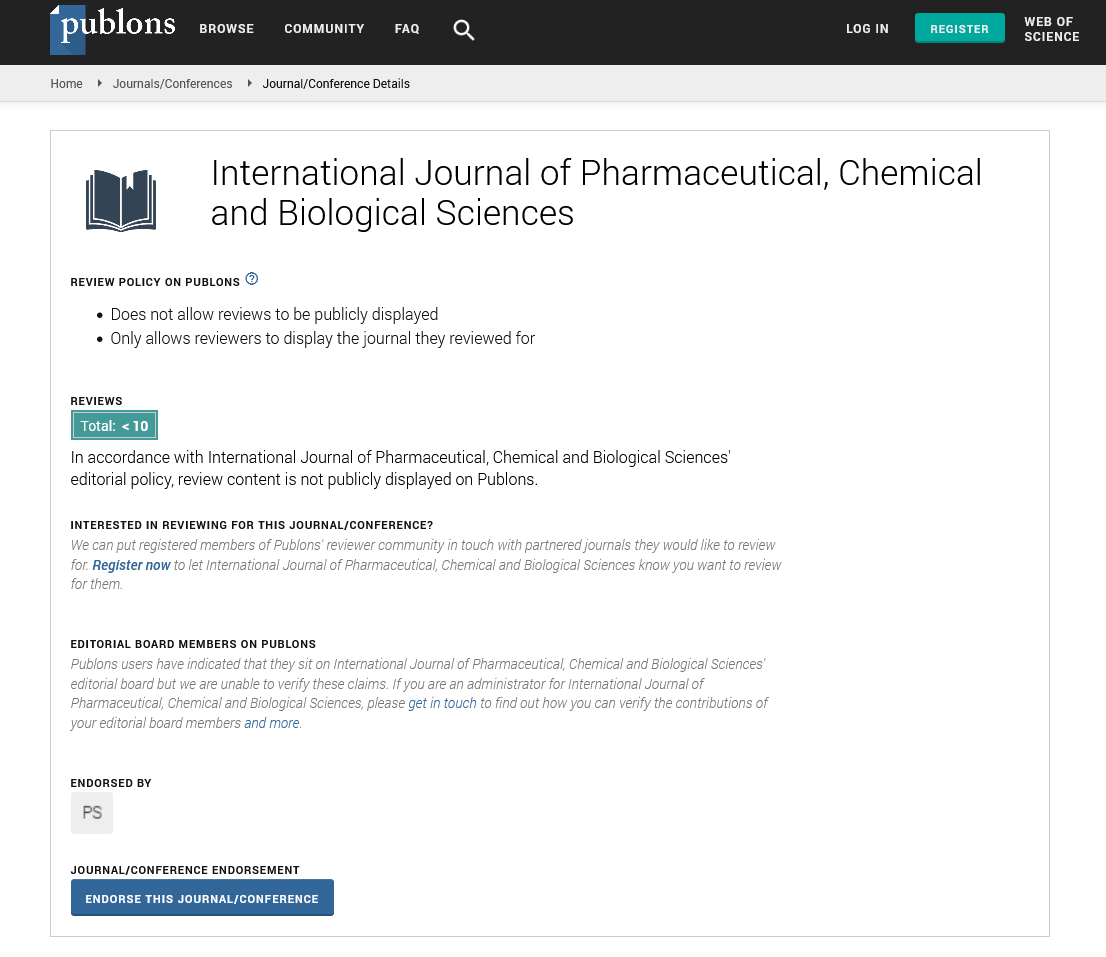Abstract
Author(s): A. Khansili* and M. Bajpai
Solid Dispersions have a great potential for improving dissolution rate, and hence possibly
bioavailability, of hydrophobic drugs. The objective of this study was to improve the dissolution rate
of Nisoldipine by solid dispersion technique. The polymers used at different ratios were
Hydroxypropylcellulose (HPC) and Polyvinylpyrrolidone K 29/32 (PVP K 29/32). The solvent
method was choosen to prepare different solid dispersions. The solid dispersions were
characterized by dissolution studies, solubility studies, DSC (Differential Scanning Calorimetry)
and stability studies. The release of Nisoldipine was faster from solid dispersions than from pure
drug and physical mixtures. The solid dispersions showed increasing percentage cumulative drug
release with increasing polymer ratios. PVP K 29/32 solid dispersions gave higher dissolution rate
than HPC solid dispersions.DSC thermograms showed change in melting peak of Nisoldipine
when formulated as solid dispersions indicating change in crystallinity. The study proved as a
promising approach for improvement of dissolution rate and solubility of Nisoldipine.

